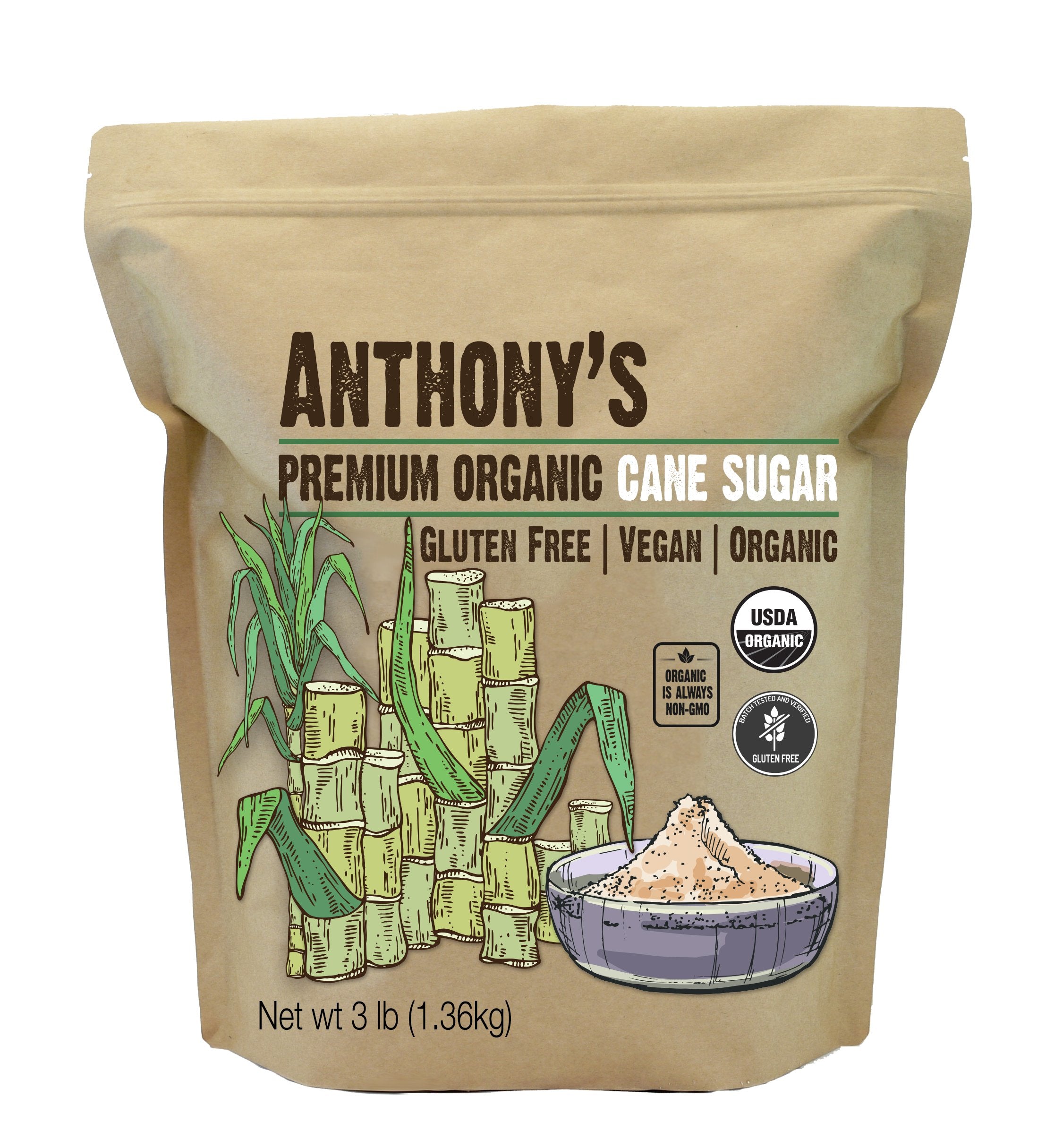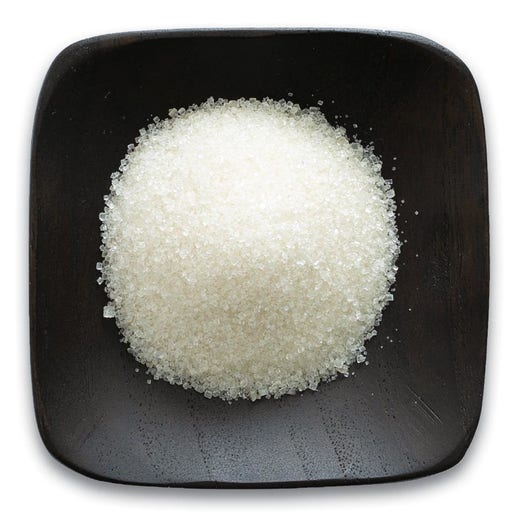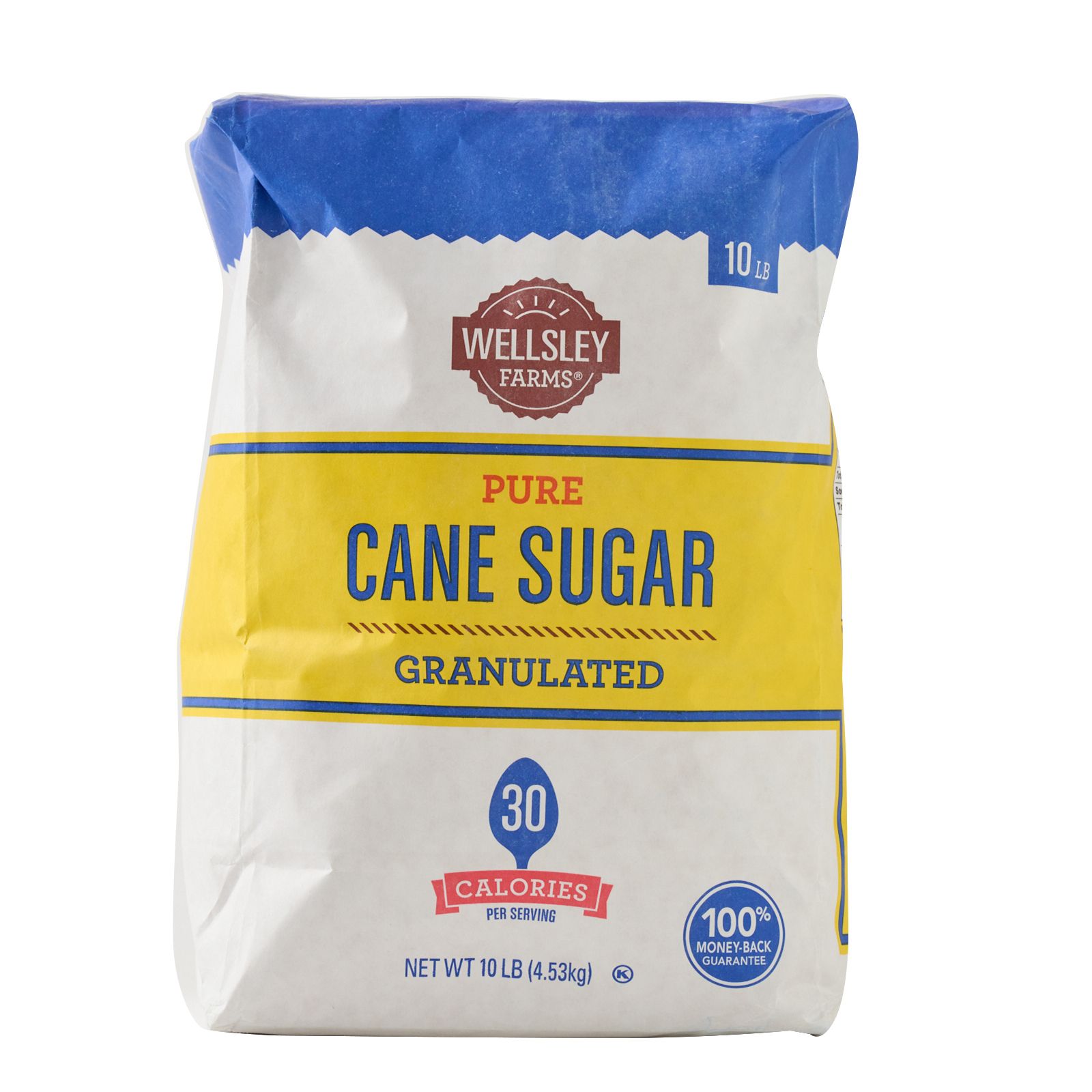The Journey of Cane Sugar Processing: From Harvest to Crystals
The Journey of Cane Sugar Processing: From Harvest to Crystals
Blog Article
Exploring the Comprehensive Steps Associated With Walking Stick Sugar Processing From Harvesting to Refinement
The process of cane sugar manufacturing encompasses a collection of detailed actions, starting with the cautious harvesting of sugarcane and culminating in the refinement phases that make certain the last item fulfills sector criteria. Each stage, from the extraction of juice to the purification and condensation processes, plays a crucial role in identifying the top quality and character of the sugar. Understanding these phases not just highlights the complexity of sugar manufacturing yet additionally raises important questions regarding efficiency, sustainability, and development in the industry. What effects do these variables have for future practices?
Gathering Sugarcane
Collecting sugarcane is a critical action in the walking stick sugar handling chain, as it directly affects the high quality and return of the final product. Correct timing and strategies are crucial during this phase to make sure ideal sugar material and reduce losses. Generally, sugarcane is harvested when it gets to maturation, generally 12 to 18 months after growing, identified by a high sucrose focus.

Post-harvest, the sugarcane has to be processed promptly to stop sucrose destruction. Ideally, collected cane must be transferred to refining facilities within 1 day to protect sugar quality. Consequently, reliable logistical planning is crucial to keep the stability of the harvested plant throughout the supply chain.
Extraction Process

The smashed walking cane goes through a series of pressing procedures to optimize juice healing. Normally, warm water is sprayed onto the crushed cane, developing a countercurrent circulation that assists dissolve the sugar while additionally assisting in the removal process. The juice accumulated from this procedure consists of not only sugar yet additionally different organic substances and contaminations.

To boost removal effectiveness, some facilities might utilize diffusion methods, where the sugarcane is taken in warm water, enabling the soluble sugars to diffuse into the fluid. The resulting juice, abundant in sucrose, is after that guided to subsequent processing phases, laying the foundation for purification and refinement. The removal procedure is hence crucial in figuring out the high quality and return of the final sugar item.
Filtration Strategies
The purification techniques utilized in walking cane sugar processing are crucial for changing the raw juice right into a high-quality sugar item. These methods largely aim to get rid of impurities, such as dirt, plant products, and inorganic materials, which can adversely impact the final item's taste and color.
This process includes including lime and warm to the raw juice, which helps with the coagulation of contaminations. Additionally, the use of phosphoric acid can boost the information procedure by more binding contaminations.
One more substantial method is carbonatation, where carbon dioxide is introduced to the made clear juice. This response creates calcium carbonate, which captures staying contaminations and promotes their removal.
In addition, turned on carbon therapy might be related to adsorb any staying colorants and organic pollutants, ensuring a much more polished item. The combination of these methods successfully prepares the sugar juice for succeeding action in the refining procedure, establishing the phase for the production of high-grade walking stick sugar.
Formation Approaches
After the filtration phase, the next crucial step in cane sugar processing entails condensation techniques, which play a crucial role in changing the made clear juice into strong sugar. This procedure normally utilizes two key techniques: spontaneous condensation and controlled formation.
In spontaneous crystallization, supersaturated sugar solutions are permitted to cool down normally, leading to the formation of sugar crystals over time. This approach enables for the uniform development of sugar crystals and greater purity.
Throughout crystallization, the made clear juice is focused via dissipation, boosting its sugar material until it gets to supersaturation. When this point is accomplished, either technique can facilitate the formation process. Cane Sugar Processing. The resultant sugar crystals are after that separated from the continuing to be syrup with centrifugation
Eventually, the selection of condensation approach impacts the top go right here quality, size, and pureness of the final sugar product, making this step vital in the general walking cane sugar handling treatment.
Improvement and Product Packaging
How can the purity and quality of cane sugar be additionally improved after condensation? The improvement procedure plays a crucial duty in attaining top notch cane sugar. Complying with condensation, sugar undergoes a complete cleaning to eliminate pollutants and residual molasses. This is generally achieved utilizing warm water or heavy steam, which helps dissolve and extract unwanted elements while preserving the sugar crystals.
Next, the sugar undergoes a process called centrifugation, where it is rotated at broadband to divide the purified sugar crystals from the remaining liquid. After centrifugation, the sugar is often more fine-tuned through a method called carbonization or phosphatation, which makes use of triggered carbon or phosphoric acid to get rid of color and off-flavors.
As soon as improved, the sugar is dried to achieve the desired moisture content, guaranteeing that it continues to be steady during storage and transportation. The final action includes packaging the polished sugar in moisture-proof and impermeable containers to preserve its top quality and protect against contamination. Cane Sugar Processing. Correct product packaging not just expands shelf life however likewise assists in very easy handling and distribution, making certain that consumers get sugar that meets the greatest criteria of purity and high quality
Verdict
The thorough steps associated with cane sugar handling, from the meticulous harvesting of sugarcane to the detailed refinement and packaging phases, highlight the importance of each phase in ensuring high-grade sugar manufacturing. Optimal harvesting methods, effective removal techniques, and strenuous filtration procedures jointly contribute to the end product's purity and stability. The condensation and succeeding packaging methods better improve the honesty and shelf life of the sugar, highlighting the complexity and precision integral in this necessary agricultural industry.
The procedure of cane sugar production incorporates a series of detailed steps, starting Full Article with the careful harvesting of sugarcane and finishing in the refinement stages that make certain the last item fulfills industry requirements. Preferably, gathered cane ought to be delivered to check processing facilities within 24 hours to protect sugar quality.In spontaneous condensation, supersaturated sugar remedies are allowed to cool naturally, leading to the development of sugar crystals over time - Cane Sugar Processing. The refinement process plays an essential role in achieving high-quality cane sugar.The comprehensive actions included in walking stick sugar processing, from the meticulous harvesting of sugarcane to the elaborate improvement and packaging phases, highlight the relevance of each phase in guaranteeing high-quality sugar manufacturing
Report this page